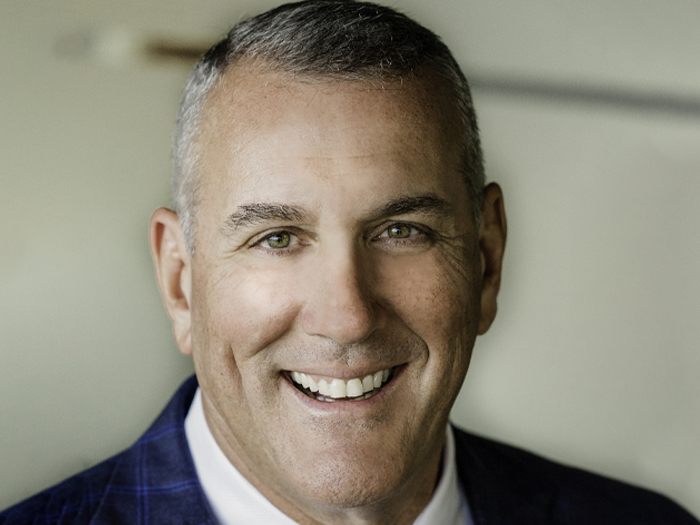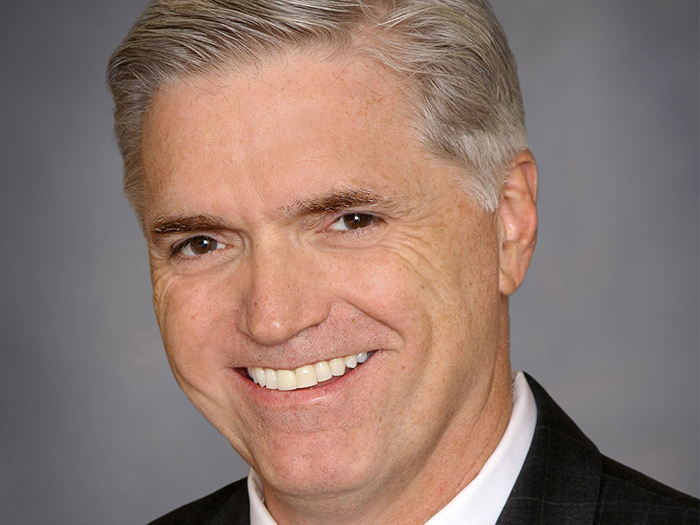Big Data
Can Predictive Analytics Help Prevent Injuries?

Can predictive analytics help reduce workplace risk? It’s a question researchers are hoping to answer as they seek input from health and safety practitioners.
“Clearly, there is tremendous potential for improved prevention if accurate predictions of injury and disease probability are possible. It seems likely that if injuries can be predicted accurately, they can be prevented,” wrote Dr. Gregory R. Wagner, senior advisor to the director of the National Institute for Occupational Safety and Health. “But there are many barriers to employing predictive analytics to improve occupational safety and health.”
In a recent science blog posted on the NIOSH website, Wagner explained the many possible applications of predictive analytics to safety and health, challenges to fully utilizing its potential, and the type of help the agency is seeking from experts who are or would consider using predictive analytics in their practices.
PA, as he explained, is “the application of recently developed analytic techniques to build, test, refine, and apply algorithms in an effort to, as Eric Siegel famously wrote, ‘predict who will click, buy, lie, or die.’”
In the retail environment, PA is used by Amazon to inform customers of a particular product that may interest them; Netflix to recommend a particular movie to a customer; and credit card companies to target customers with specific incentives to buy the card. Some police departments use PA to improve crime prevention by assigning patrols to specific locations.
“NIOSH has been exploring the potential application of predictive analytics and related approaches to reducing risk of death, injury, and disease from work,” Wagner wrote. “The data potentially relevant to predicting injury or disaster are plentiful: prior safety experience; a worker’s age and time in a specific job; time during a shift and hours worked during the prior day, week, or month; geographic location; how recently a workplace inspection occurred and what the results were; season; enterprise profitability; the presence of an injury prevention program; union representation of the workforce; and on and on.”
But using PA or big data to predict and prevent workplace injuries also faces potential industry pushback. “Some large workplaces have large quantities of relevant data available but do not know what to do with it,” Wagner explained. “Others may have the potential to analyze and react to their data, but they may lack the motivation to apply analytics beyond sales and marketing.”
“Some large workplaces have large quantities of relevant data available but do not know what to do with it.” — Dr. Gregory R. Wagner, senior advisor to the director of the National Institute for Occupational Safety and Health
Smaller companies, he noted, may lack sufficient data or the resources to use it. There are also privacy concerns about the potential use of available data. “And some employers may believe that they are doing just fine without the benefits of prediction — that the potential benefit isn’t worth the effort.”
Predicting health and safety risks depends on having a sufficient amount of quality data, trained analysts to use it, and the ability to post questions and identify situations that may benefit, Wagner said. Major disasters such as oil rig failures or plane crashes could be difficult to predict because they are rare. “But it is likely that other workplace problems from long-haul truck crashes to chemical line leaks could be anticipated and prevented by employing existing sensor technologies and predictive analytics.”
While some companies are beginning to use predictive analytics in various ways, NIOSH is seeking answers from industry participants to the following questions:
- What circumstances could benefit from the application of predictive analytics?
- Do you know of situations where predictive analytics is being used to improve workplace health and safety?
- What are the barriers to adoption of advanced analytics for occupational health and safety?
- What can be done to overcome these barriers?










